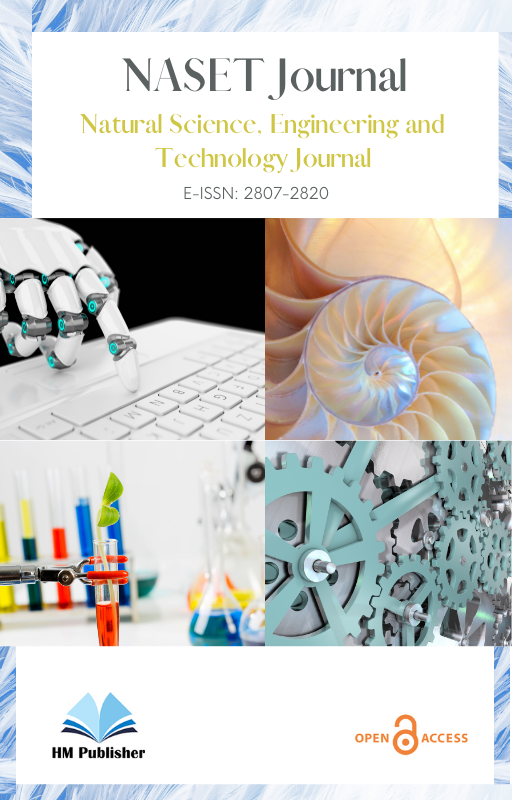Main Article Content
Abstract
Cardiovascular diseases (CVDs) are a leading cause of death worldwide. Early detection and intervention are crucial for improving patient outcomes. Machine learning (ML) offers promising tools for CVD prediction, with random forests (RF) emerging as a robust and versatile algorithm. This study investigates the application of RF in predicting blood pressure categories, a crucial indicator of cardiovascular health, using a comprehensive dataset of patient metrics. This study investigated the application of RF in predicting blood pressure categories, a crucial indicator of cardiovascular health. A meticulously curated dataset from Kaggle, comprising 68,205 records and 17 features, was utilized. Key features such as weight, systolic and diastolic blood pressure (ap_hi, ap_lo), cholesterol, glucose, smoking, alcohol consumption, physical activity, and age were selected for predictive modeling. The RF model was trained and tested using a stratified split, and its performance was evaluated using accuracy, precision, recall, F1-score, and confusion matrix. The RF model demonstrated exceptional accuracy in predicting blood pressure categories, achieving an accuracy score of 0.9999. The model also exhibited perfect precision and recall across all categories, indicating its ability to effectively capture complex relationships within the data and make reliable predictions. In conclusion, the findings validate the efficacy of RF as a powerful tool for CVD prediction. Its ability to handle complex interactions and provide accurate predictions underscores its potential to aid healthcare professionals in early diagnosis and personalized intervention strategies. Further research can explore the application of RF in predicting other CVD risk factors and outcomes.
Keywords
Article Details
Natural Sciences Engineering and Technology Journal (NASET Journal) allow the author(s) to hold the copyright without restrictions and allow the author(s) to retain publishing rights without restrictions, also the owner of the commercial rights to the article is the author.





